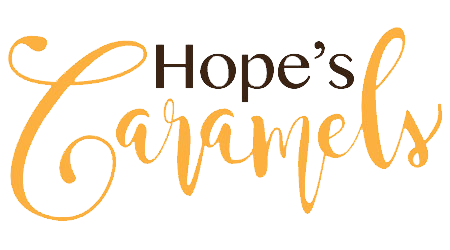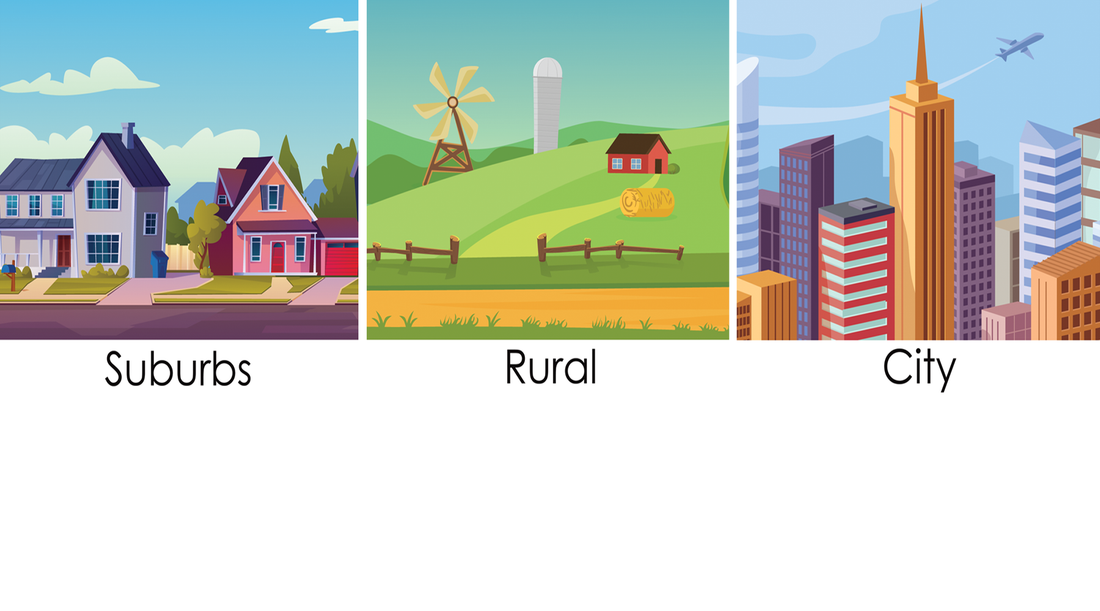MYTH:
Trafficking is disproportionately perpetrated by politicians, famous, and/or elite people.
REALITY:
Powerful people, such as Jeffery Epstein & R. Kelly have been exposed as traffickers. It’s a shocking reality. But to look at the problem within a framework of influential abusers (or evil “elites”) isn’t entirely true. We can be certain that there are some child traffickers and abusers in entertainment & government, because there are child traffickers and abusers in every community. In your city. At your gym. In your faith community. In your neighborhood. There is a fallacy in thinking that the setting for child abuse is exotic and that the perpetrators lead lives nothing like yours.
In the past decade, especially around elections, myths about trafficking have been used by politically charged groups to spread misinformation. In the fall of 2020, Love146 with over 100 leading anti-trafficking organizations signed a statement naming that conspiracy theories, like QAnon, harm the fight against human trafficking. You can find that statement at www.love146.org/freedomneedstruth.
In the words of that collective statement, “The majority of trafficked youth have been abused or neglected, have run away or don’t have stable housing, or are immigrant children fleeing violence in their home countries to seek refuge in the United States. They are the youth that we as a society have failed. They are not abducted by strangers or Hollywood elites — they are abandoned by failing and under-resourced systems.” There is not a “deep state cabal” of politicians and Hollywood celebrities who traffic children for sex. No major political party supports pedophilia or human trafficking.
On behalf of an underfunded and nonpartisan field dedicated to ending this horrific form of exploitation and abuse and helping those who have survived it, we urge you to engage real needs rather than politically motivated and profoundly dangerous narratives that harm the very people who they claim to be speaking for — victims, survivors, children, families and vulnerable communities.”
Repost from https://love146.org/learn/#common-myths

